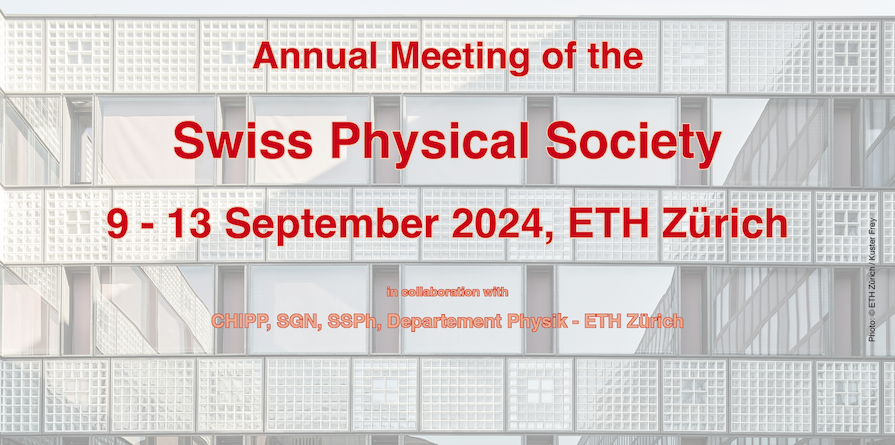Speaker
Description
Enhancing Jc and Bc2 in Nb3Sn wires is crucial for developing the 16 T dipole magnets needed for the Future Circular Collider (FCC-hh). A refinement of the Nb3Sn grain size is the most straightforward strategy to obtain an improved Jc performance. To this end we implemented an internal oxidation process that controls the Nb3Sn grain growth via oxides nanoparticles formed during the synthesis. The process consists in adding an oxygen source (OS, typically SnO2) into the wire layout, which decomposes during heat treatment. The oxygen reacts with electropositive atoms in the Nb alloy (Hf or Zr) to form oxide nanoparticles that impede Nb3Sn grain growth. We manufactured simplified multifilamentary wires containing an OS that showed Nb3Sn grain size down to 50 nm (compared to 110 nm without OS) and enhanced Jc exceeding the FCC-hh specifications (non-Cu Jc of 1500 A/mm2 at 16 T, 4.2 K). Through resistive measurements performed at the Laboratoire National des Champs Magnétiques Intenses (LNCMI) in Grenoble, we measured at 4.2 K record-high Bc2 values of 29.2 T and 29.3 T for Zr and Hf additions, respectively (99 % criterion of the superconducting transition). Magnetic measured in a VSM-SQUID showed that oxide precipitates also contribute to the vortex pinning as point defects. As a complement to the test of the superconducting properties we performed advanced structural characterization to investigate formation and role of the oxide precipitates. X-ray Absorption Near Edge Structure (XANES), performed at the Phoenix beamline in PSI, showed that oxide precipitation occurs at the reaction front, while no oxides were found in the alloy after the heat treatment. Using transmission electron microscopy (TEM) we studied the dimensions of the oxide precipitates, on average in the 4–8 nm range after synthesis at 650 °C. Enhancing synthesis temperature from 650 to 700 °C coarsens the precipitates, that become less effective pinning centers at 4.2 K. This study highlights the crucial role of incorporating OS to enhance Jc through the combined effect of grain refinement and a modified pinning mechanism. Our final goal is to achieve full control of the internal oxidation process in order to transfer the results obtained so far to application-ready wires scalable for industrial production.
